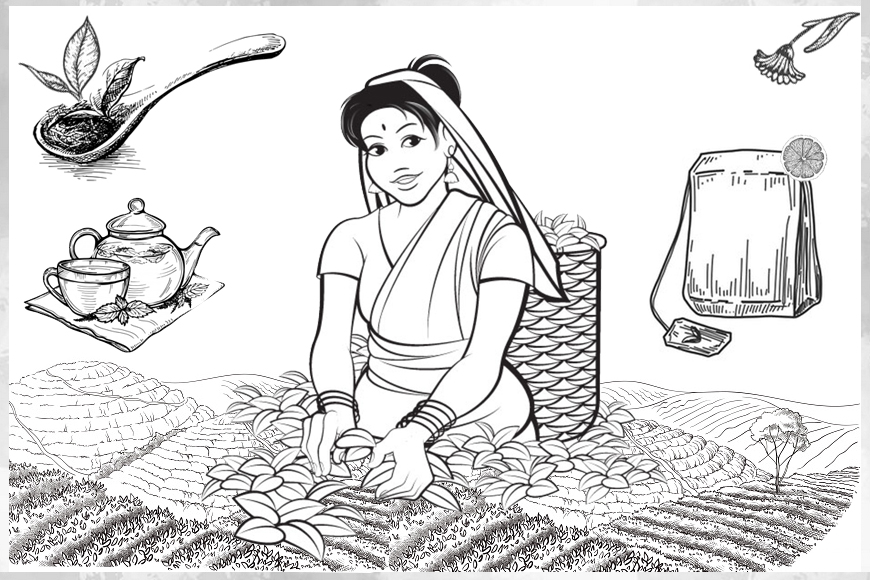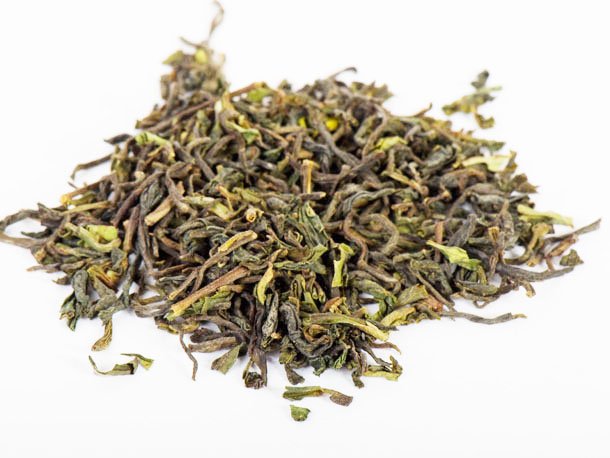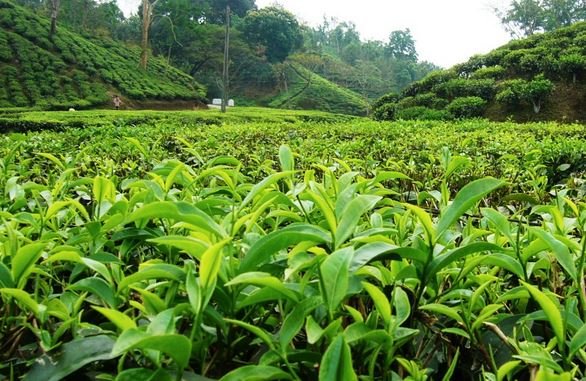
While China is credited with the invention of tea and its brewing, it is the Indian blends and variants that are among the most sought after in the international markets around the world. Indians are known to love their milky Chai, but it is us who gave the world the “Champagne of Teas”, Darjeeling Tea, which is the pride of the country and savoured by tea connoisseurs across the globe. And we at Tia & Berry are going to explore the various Indian teas, some popular, some a little less.
Assam Tea
Every time someone mentions tea, the first thing that comes into the minds of Indians is their memory of the wafting aroma of tea being brewed and the lush green flora and fauna of Assam in North East India. The Assam Tea, known for is strong yet bright colour and brisk yet malty flavour and texture is the traditionally used variant in tea blends in most of India. Manufactured using the Assamica variant of Camellia Sinensis, the Assam tea is also exported to various European and African countries as breakfast teas.
Darjeeling Tea
The most premium of all Indian teas, Darjeeling Tea has gained the moniker “Champagne of Teas” from the world, as it is considered to be the blend fit for kings and royals. Grown in the Kalimpong district of West Bengal in India, this widely exported variant of tea is processed and manufactured as black, green and white teas.
What makes this variant special? This tea has a unique musky spiciness which grows, along with a hit of tannic astringent flavour as you brew it. This flavour is known as Muscatel, and it cannot be replicated with any other variant or blend. When brewed to perfection, it is a visual treat to eyes as the tea turns into an amazing golden hue with a thin-bodied, light-coloured infusion and a floral aroma on being served hot. This tea is selectively grown and is made available in limited numbers, with maximum demand for it coming from European countries like Great Britain, who share a similar culture and love for tea like us.

Nilgiri Tea
This is the South Indian variant of Indian teas, which is more intense in terms of flavour, colour and fragrance compared to its contemporaries like Assam and Darjeeling teas. The Nilgiri Tea is grown in the southern portion of the Western Ghats mountains in the Nilgiris district of Tamil Nadu. This variant is also grown in Munnar and Wayanad, in Kerala state.
The globally known blend Orange Pekoe is the hand-sorted, full-leaf version of the Nilgiri Tea, which is highly sought after in international tea auctions. Another popular blend made with this tea is the Winter Frost Tea. The Nilgiri Tea is processed and manufactured into green, white and Oolong teas, packed with lingering flavour notes of tropical fruits and dusk flowers.

Dooars – Terai Tea
Dooars-Terai Tea is the less popular cousin of the above three variants, despite supplying 25% of the total tea produced in India. The Dooars, which means doors in Assamese, Bengali and Nepali languages, was not originally a tea cultivating region, and it was started by British planters back in the 1800s. This variant is grown on the foothills of the Himalayas, just below Darjeeling, bordering Bangladesh, Bhutan and Assam.
This tea opens with bright, virgin flavour and texture with a light fragrance, unlike the usual Indian teas. It is the second flush that gets brisker and stronger with every sip. The Dooars-Terai tea leaves are used to lower down the strength of other strong teas with its smooth texture and slightly spicy and sweet taste.
Kangra Tea
The Kangra Tea, also known as Himachali Chai is grown in the Kangra District of Himachal Pradesh in India. This variant is used to process and manufacture green tea and black tea blends. This tea, which was once ranked among the best in the world, is surprisingly very little known to us Indians too as its use reduced and the blend slipped into oblivion.
What makes this variant unique is that it has a very vegetal and fresh aroma and taste to it with a slight hit of pungent spiciness. This is the kind of brew you want to drink when a wintry day is about to set into the night and you want to feel refreshed without feeling heady.
